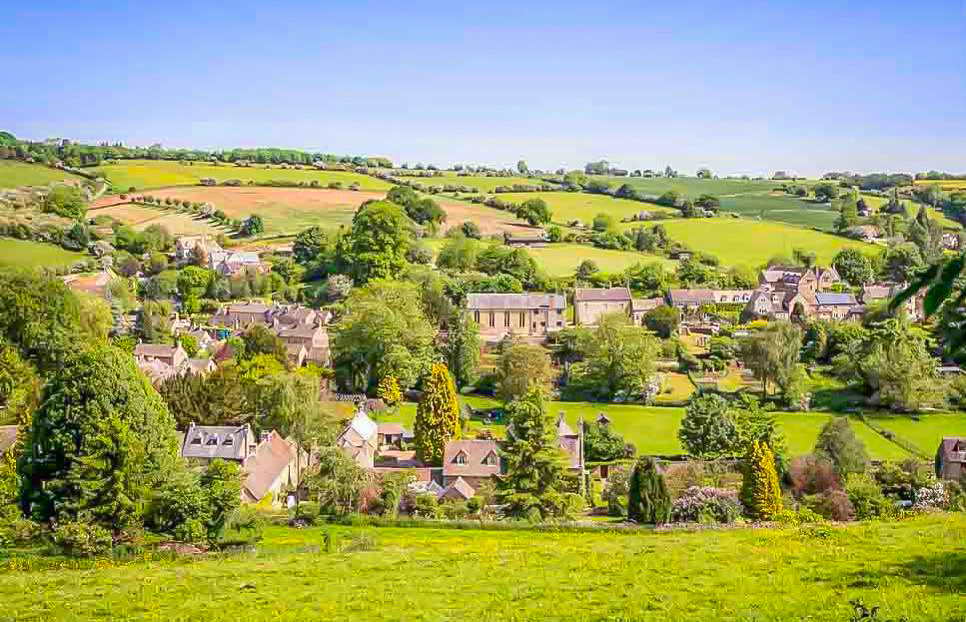The Cotswolds

 Sunday 8th March we left Oxford in the morning and drove about an hour before arriving at Burton on the Water. We then arrived a Stow on the Wold which is a bout 15 minutes away. These are both small villages situated in South England in the Cotswolds area. The Cotswolds are an area in south central and south west England comprising the Cotswold Hills, a range of rolling hills that rise from the meadows of the upper Thames to an escarpment, known as the Cotswold Edge. This is a a very beautiful part of the English countryside. Also very expensive to live there!
Sunday 8th March we left Oxford in the morning and drove about an hour before arriving at Burton on the Water. We then arrived a Stow on the Wold which is a bout 15 minutes away. These are both small villages situated in South England in the Cotswolds area. The Cotswolds are an area in south central and south west England comprising the Cotswold Hills, a range of rolling hills that rise from the meadows of the upper Thames to an escarpment, known as the Cotswold Edge. This is a a very beautiful part of the English countryside. Also very expensive to live there!
The Cotswolds are predominantly a rural landscape which contains stone-built villages, historical towns and stately homes and gardens. It was designated as an area of outstanding natural beauty in1966, covers 787 square miles and is the second largest protected landscape in England after the Lake District. It lies across the boundaries of several English counties; mainly Gloucestershire and Oxfordshire, and parts of Wiltshire, Somerset, Worcestershire and Warwickshire.
The name Cotswold is popularly attributed the meaning "sheep enclosure in rolling hillsides", incorporating the term, wold, meaning hills.
Bourton-on-the-Water is a village in Gloucestershire that lies on a wide flat vale within the Cotswolds area. Bourton-on-the-Water's high street is flanked by long wide greens and the River Windrush that runs through them. The river is crossed by five low, arched stone bridges. They were built between 1654 and 1953, leading to the village being referred to as "Venice of the Cotswolds.” The village dates back to the neolithic period about 4000 years B.C.
Stow-on-the-Wold is a market town in Gloucestershire on top an 800-foot hill at the junction of main roads through the Cotswolds.The town was founded by Norman lords to take advantage of trade on the roads converging there. Fairs have been held by royal charter since 1330; an annual horse fair is still held on the edge of the town.
Originally the small settlement was controlled by abbots from the local abbey, and when the first weekly market was set up in 1107 by Henry I he decreed that the proceeds go to Evesham Abbey.
An interesting tourist attraction can be found at St Edward's Church which is a medieval-built Church of England parish church. The church features a mixture of architectural styles due to additions and renovations over several centuries. The north porch is from the 17th century and masks a 13th-century moulding on the north door, which is framed by yew trees. These trees apparently inspired JRR Tolkien’s door to Moria. Although it can never be proven, JRR Tolkien was known to visit the Cotswolds so there’s good reason to believe that they were.